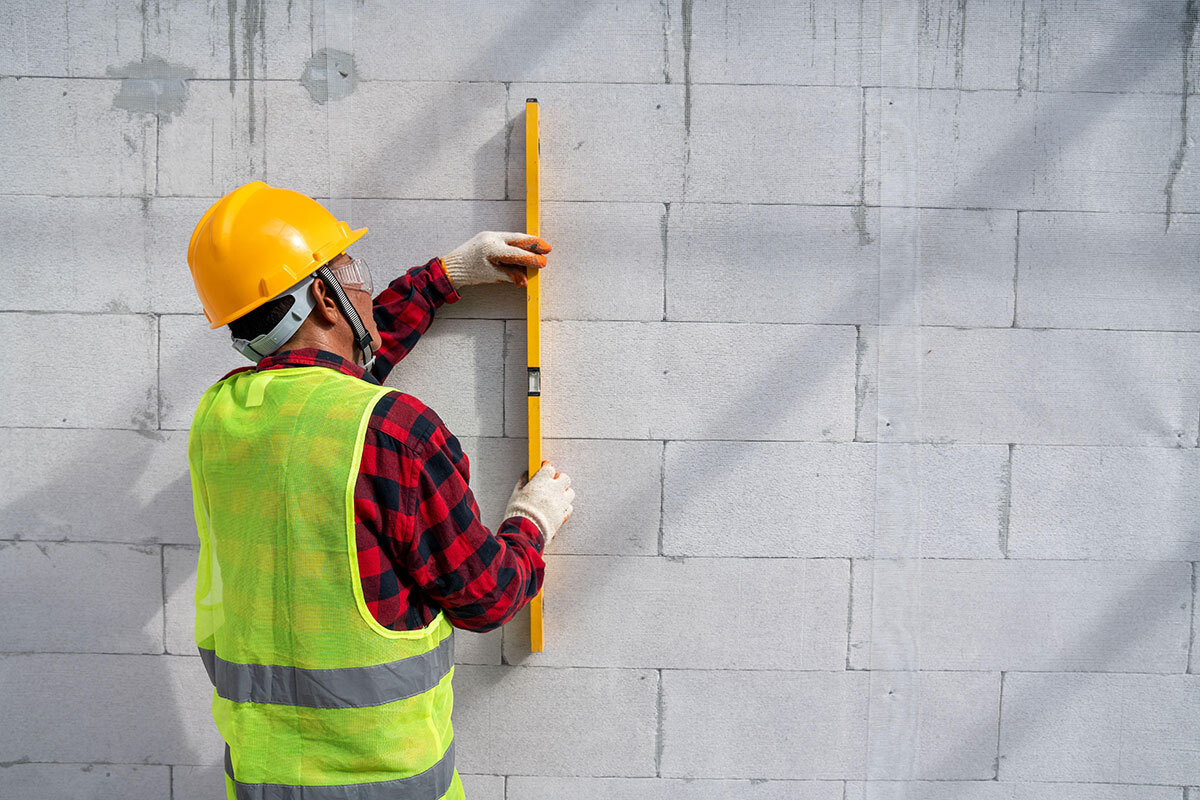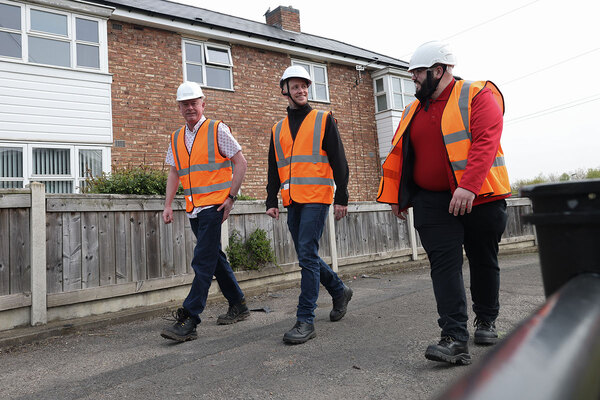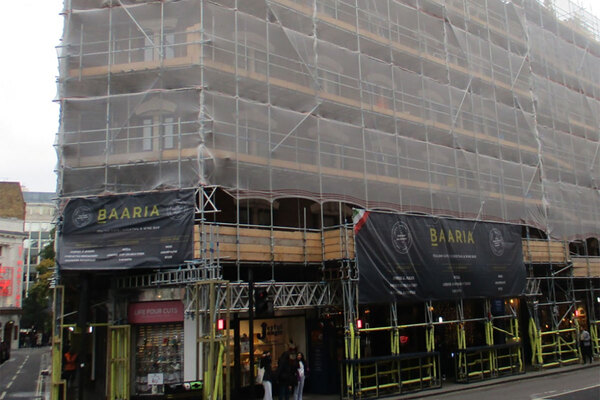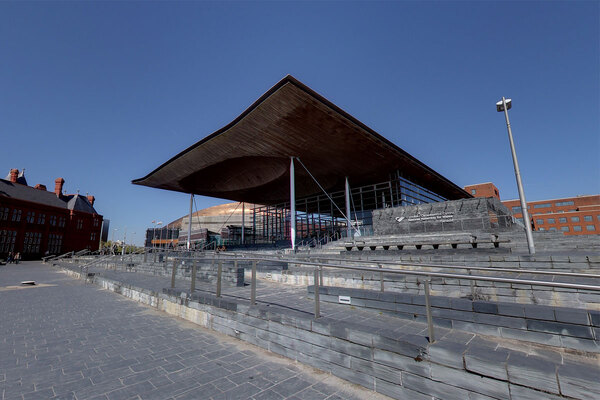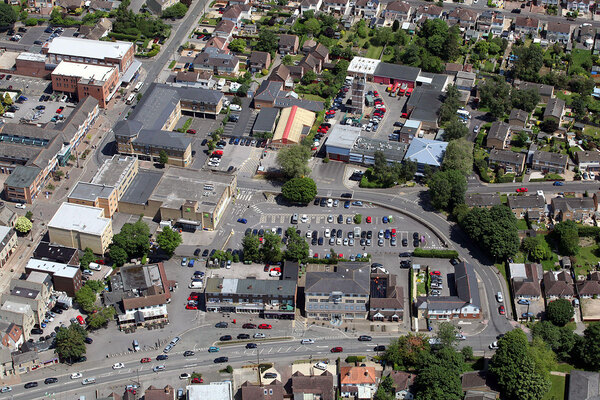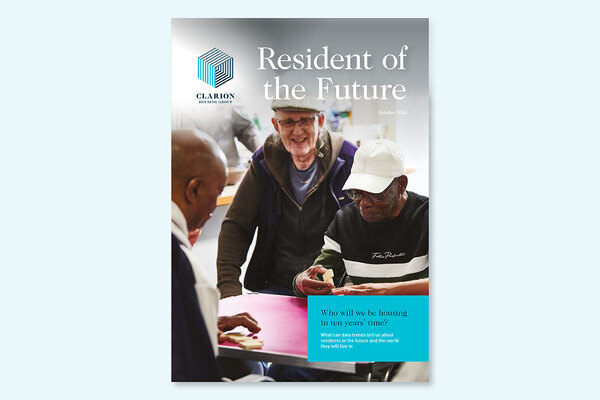You are viewing 1 of your 1 free articles
Committee chair asks minister for update on RAAC risk in social housing
The chair of a cross-party group of MPs has asked the building safety minister to provide an update on the risk of reinforced autoclaved aerated concrete (RAAC) in social and private housing.

In a letter to Lee Rowley, Clive Betts, chair of of the Levelling Up, Housing and Communities (LUHC) Committee, asked a series of questions, including what DLUHC’s latest guidance is for affected residents and landlords, and whether there are plans to update this guidance following the Department for Education’s (DfE) recent action.
Last week the DfE updated its guidance for school buildings known to contain RAAC, advising that they be vacated “unless or until suitable mitigations are in place”.
The next day, the Regulator of Social Housing (RSH) wrote to all landlords outlining its expectations if RAAC is found in their housing stock.
It said its understanding is that RAAC is not widespread in social housing but that landlords should know whether their homes contain RAAC components.
It also said that landlords need to develop a plan for mitigation and remediation where required.
Mr Betts said: “There are well-publicised concerns about the use of RAAC in public buildings such as schools and hospitals but there is also concern about the use of RAAC in housing.
“It’s important the government spells out its assessment of the risk in residential buildings, in social housing and local authorities’ estates and what guidance it is giving to residents and landlords on the risk of RAAC.”
The Labour MP included a series of asks in the letter, published on Wednesday, including:
-
What is the DLUHC’s current assessment of the risk of RAAC in (a) residential and (b) non-domestic buildings?
-
What is the department’s latest guidance for residents and landlords on the risk of RAAC in social housing and the private rented sector?
-
Are there plans to update this guidance following the DfE’s recent action?
-
What is the department’s latest guidance for local authorities on the risk of RAAC in their estates?
-
Are there plans to update this guidance following the DfE’s recent action?
Mr Betts also asked what funding is available to mitigate the risk of RAAC where it is identified in social housing and councils’ estates.
He wrote: “What action is the department taking to identify and mitigate the risk of RAAC in public buildings in its own estate?
“As the government department with overall responsibility for building safety remediation and regulation regimes, what role is the department taking in the cross-government response to the risk of RAAC?
“Given the urgency of these matters, I would appreciate your response before the House rises for the conference recess on 19 September 2023.”
DLUHC has been contacted for comment.
Sign up for our daily newsletter
Already have an account? Click here to manage your newsletters
